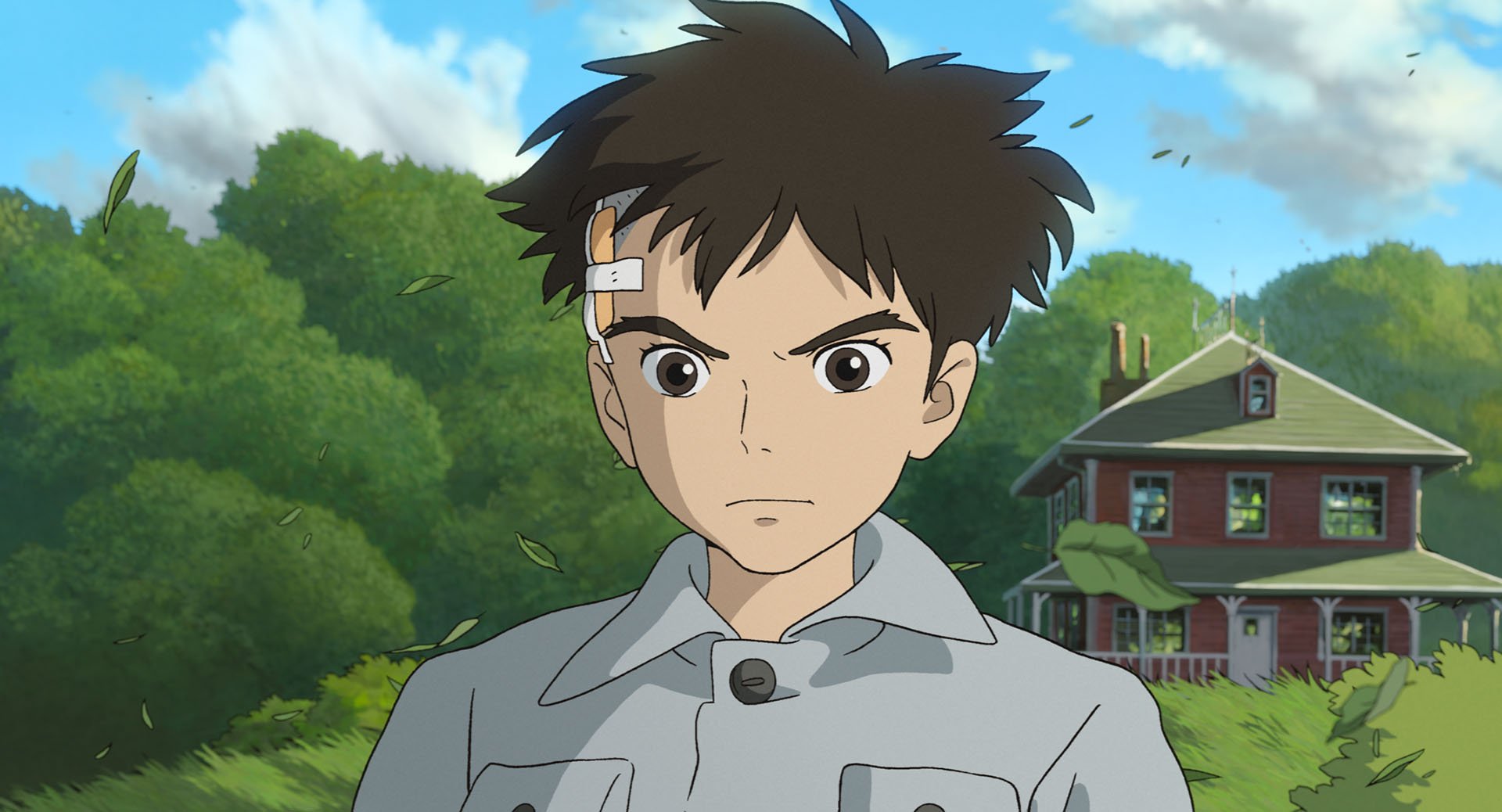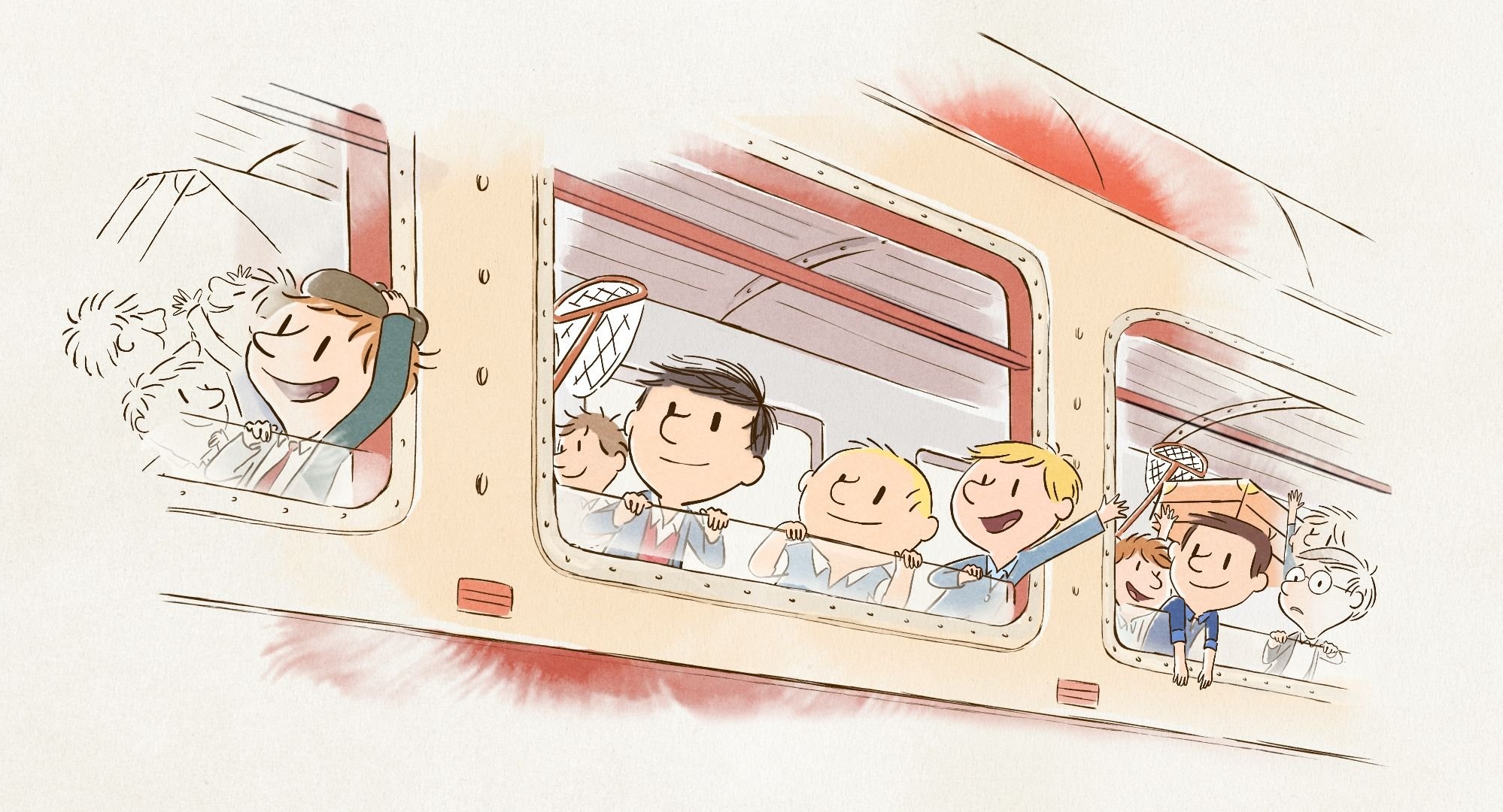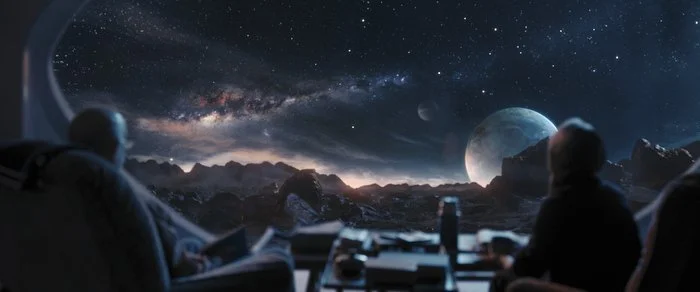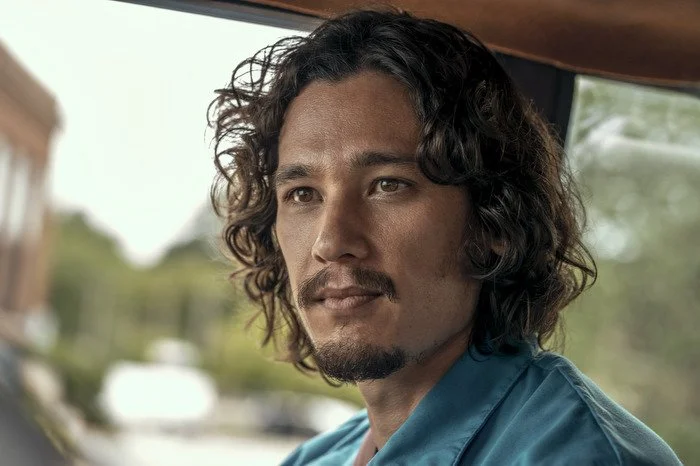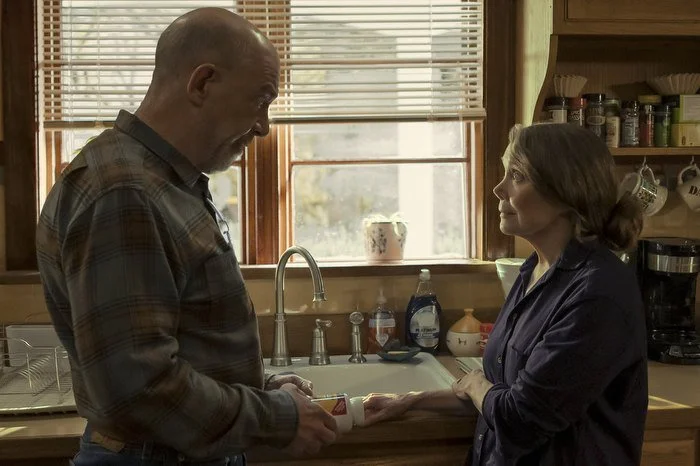Regarding Us: A Timely, LGBTQ Film That Resonates Today
Caroline Stucky
Regarding Us, written and directed by David Beck and Jennifer Bobbi, is a story about trans rights, finding chosen family in places that one wouldn’t expect, and how being misinformed or bigoted creates unnecessary barriers to people trying to connect on a human basis.
no protection
Veronica (Alexandra Grey), is a teacher who works at a Catholic school in NYC. She has worked here for seven years, and somehow the “board” finds out that she is trans. She is fired with no severance for her “lifestyle” and “choice”, immediately.
Denny (David Beck) is a newly single father to daughter Isabel (Andrea Rosa Guzman). His husband Adrian (Eliud Garcia) has recently left them, and Denny, who is a struggling actor, is trying to juggle his new life without his partner’s support. Denny does work on the side, as a tour guide and his own business of live Shakespeare telegrams.
When Veronica, who is seriously depressed at home, receives one of his telegrams, she is first annoyed because it was sent by a downstairs neighbor who harasses her daily because she’s trans. What begins between them, is something neither of them expects.
A new friendship
Caroline Stucky
Veronica and Denny’s friendship begins to grow when Denny asks her to be a care taker for Isabel. Veronica talks to Denny about her family and how she is treated in the world, while Denny gets to talk with her about the breakup of his relationship. Their support of one another becomes the grounding that both of them need at this point in their lives.
At school, Isabel makes friends with the new kid Kyle (Hudson Paul). Kyle is struggling with his feelings about his gender, but his family doesn’t approve of it. The two become fast friends and Isabel is very accepting of Kyle, given the openness of her raising.
Isabel encourages Kyle to dress up, wear makeup and to openly be who he is. Kyle’s mother Constance (Abigail Hawke), is a typical, white religious woman, who seems to understand what is happening with Kyle, but keeps it under wraps, discouraging Kyle from embracing who he is using threatening stories of how his life will be should he not hide it.
When Adrian then returns to Denny trying to reconcile, it ends up creating friction between Denny’s relationship with Veronica, and the kids friendship. Constance then reads about Veronica’s firing in the news, and bans Kyle from seeing Isabel. Tensions rise to the extreme, putting everyone at odds.
Will they all be able to come together and reconcile each other’s differences before it’s too late?
in all honesty…
Caroline Stucky
Regarding Us is a moral discussion about how bigotry and church based ignorance fail and harm their own people. It aims to spread the word about anti-Trans rhetoric and challenges the systemic false narratives being spread by misinformed leaders both in the church and government.
It humanizes and normalizes each character to show audiences that Trans and other LGBTQ people aren’t the villains that uneducated priests, pastors and government officials tend to malign them as.
They are normal, everyday, working citizens, who want the same love, acceptance and peace that is only afforded to cis gendered and heteronormative people in our society.
It also shows us how that type of hate and misinformation harms the LGBTQ community and others to separate and divide us more as a people. Like anyone else who is “othered” and treated violently in our communities, depression and suicidal ideation can become forefront for those struggling.
Grey gave a wonderful portrayal of Veronica, and, to my delight, both Guzman and Paul had stand out performances. Guzman’s vivacity and precociousness absolutely stole every scene she was in. Paul’s performance of Kyle, as a child feeling left out, was heart breaking.
Both of them showed up with performances that many adult actors couldn’t duplicate as well.
The film struggles with the script, as many things happen without explanation, leaving us with questions about “how”, “when” and “why”. For example, how would the Catholic school end up finding out about Veronica, and that her transition would be “all over Facebook”? Is she a celebrity? Did she tell someone who told on her?
Caroline Stucky
There are also parts where certain characters are added just to make things happen. These characters just happen to be doing things that end up bringing other characters together, in an overly simplistic way.
For example, Veronica’s downstairs neighbor, who harasses her by sending her pizza and the like, while not paying ahead of time, simply doesn’t work in a believable way. Every service we have is, in general, paid ahead of time, so not paying Denny ahead of time for the telegram simply wouldn’t happen.
Many of the scenes feel forced and several of the actors awkwardly stumble through their roles , which came across as disconnected with their characters and downright silly at times.
Still, the overall message was well plotted out and the “family film” feel made this subject more approachable, showing the LGBTQ community just as they are: Human, fathers, mothers, siblings, children, loving; caring; and even religious.
If the white, cis gendered, heteronormative “lifestyle” can be respected, so can other forms of human love, with the dignity and respect that they deserve.
In a time in America where we are literally destroying ourselves believing in the vitriol and hate that some religious and political people are making up to obscure the truth that they are the real villains, we need to see more messages in all media that align with the truth of this film.
It is most important for us to come together and see that we are not all that different, and that differences are our strength, not weakness. If not, we are doomed to keep repeating history over and over to the detriment of the 99%, and never hold those who are the real problem accountable.




